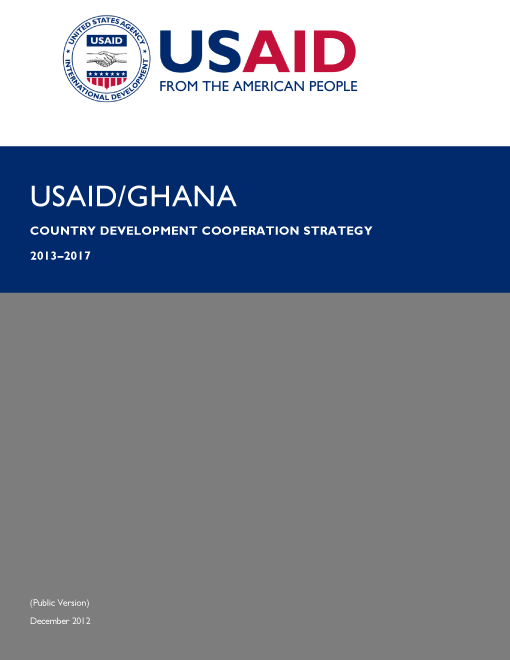2013-2017
Ghana’s economic progress over the last 20 years has been laudable. Economic growth has averaged more than six percent each year and the country is among the few in Africa expected to meet the Millennium Development Goal (MDG) of halving the poverty rate by 2015. This growth has also enabled Ghana to achieve lower-middle-income status, though unexpectedly, following the rebasing of its GDP figures in November 2010.
Economic growth is not equivalent to development, however, and despite significant growth and improvements in the quality of life, Ghana faces persistent development challenges that must be addressed to realize and sustain the benefits of a middle-income country. As shown by the constraints analysis undertaken for the U.S.-Ghana Partnership for Growth (PFG), high borrowing costs, unreliable supply of electric power and high transactions costs in land markets continue to be key binding constraints to broad-based economic growth. Beyond these major constraints, Ghana continues to face a number of specific challenges. First, while the rate of poverty has decreased significantly at the national level, rural areas have failed to achieve similar reductions in poverty (see Chart 1). Reports by the World Bank (March 2011) also reflect a strong geographic disparity in income whereby the poverty rate is about 20 percent in the South, compared to about 60 percent in the North. Addressing this geographic divide remains an area of great importance, as its reduction is necessary to achieve broad-based economic growth and development.








Comment
Make a general inquiry or suggest an improvement.